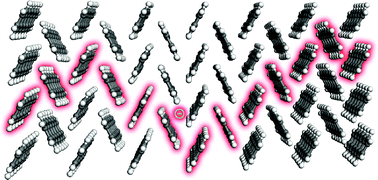Computational methods for design of organic materials with high charge mobility
Abstract
Charge carrier mobility is at the center of organic electronic devices. The strong couplings between electrons and nuclear motions lead to complexities in theoretical description of charge transport, which pose a major challenge for the fundamental understanding and computational design of transport organic materials. This tutorial review describes recent progresses in developing computational tools to assess the carrier mobility in organic molecular semiconductors at the first-principles level. Some rational molecular design strategies for high mobility organic materials are outlined.


 Please wait while we load your content...
Please wait while we load your content...